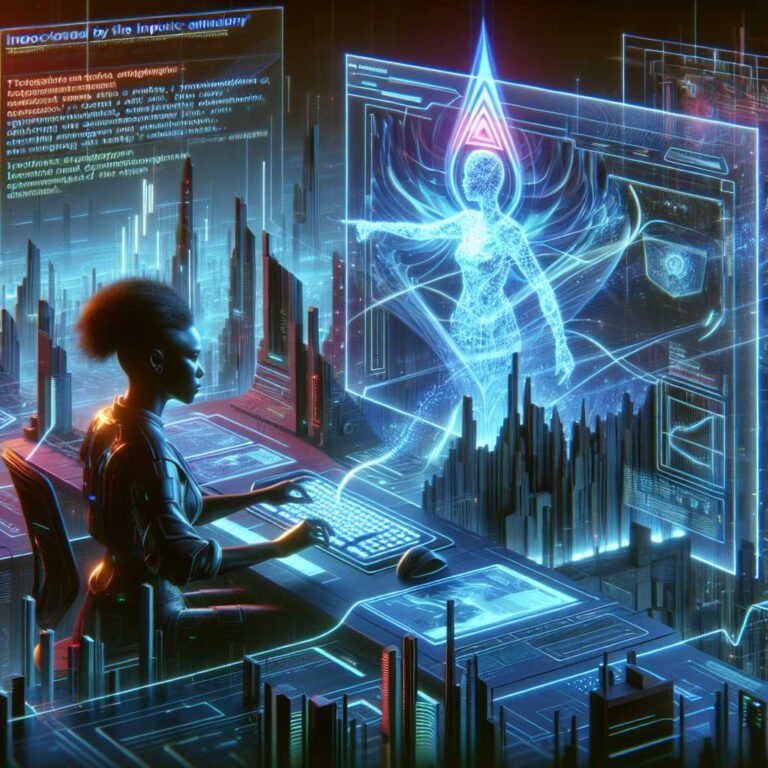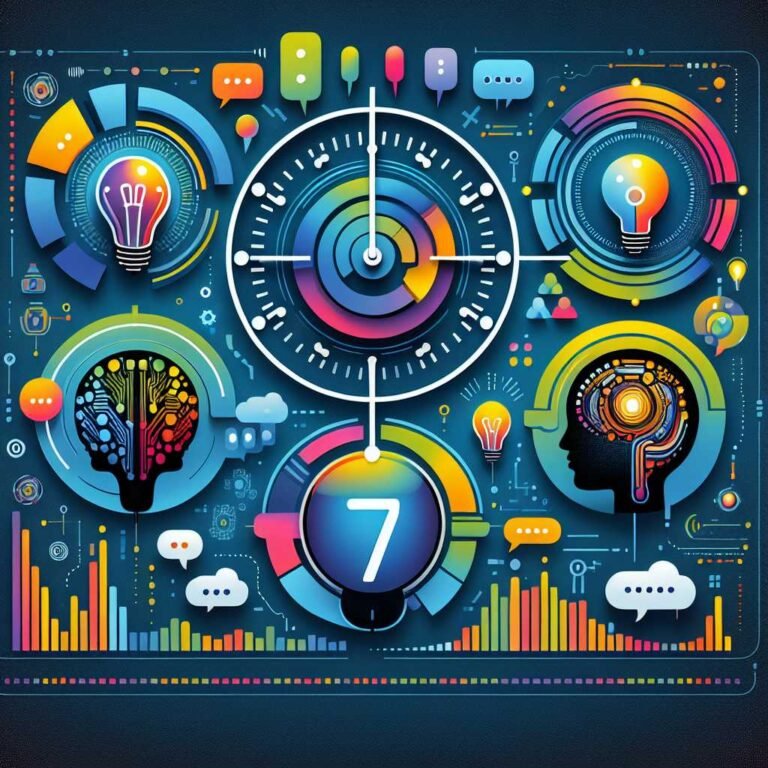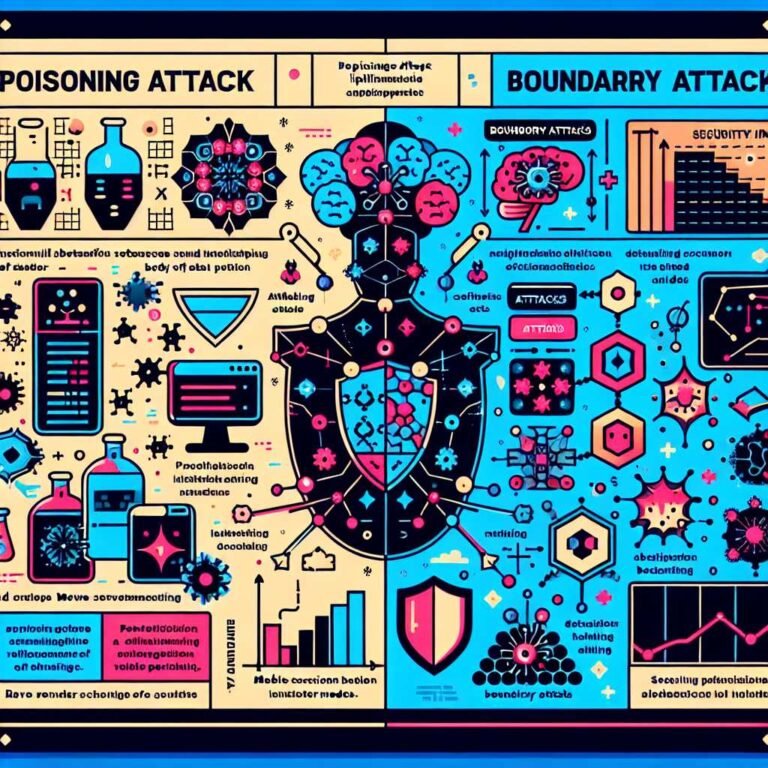Anthropic’s New Claude Code Security Review: Shaping the Future of DevSecOps as AI Competition Heats Up
The race to dominate AI-assisted software development is reaching fever pitch. With OpenAI’s rumored GPT-5 around the corner and Meta dangling seven-figure salaries to lure top AI talent, Anthropic has thrown down the gauntlet. Its latest update to Claude Code—bringing automated, explainable security reviews—aims to win over developers and enterprise leaders navigating a rapidly evolving, high-stakes landscape.
But what does this mean for you, your codebase, and the future of secure software development? Let’s dive in.
Why Security-First AI Matters in a Crowded GenAI Coding World
If you’re a developer, engineering manager, or security lead, you know the dream: ship features fast, automate the boring stuff, and—crucially—keep vulnerabilities out of production. Yet, as AI coding tools explode in popularity, so do concerns about code quality and security.
Anthropic’s Claude Code update is a direct response to this moment. It introduces an automated security review system with a simple command (/security-review) and tight GitHub Actions integration. This isn’t just a new feature; it’s a statement. Anthropic is betting that the next wave of developer AI tools will win hearts (and enterprise contracts) by making security a first-class citizen—not an afterthought.
Here’s why that matters…
The New Claude Code Security Review: What’s Actually New?
Let’s break down what Anthropic has added, why it’s catching attention, and how it fits into your workflow.
1. The /security-review Command: AI Security Checks, On-Demand
Think of /security-review as your on-call security expert—available 24/7, right in your terminal. Run this command and Claude scans your codebase for:
- SQL injection risks
- Cross-site scripting (XSS) flaws
- Authentication/authorization issues
- Insecure data handling
- Dependency vulnerabilities
But unlike traditional static analysis tools, Claude uses its massive context window to understand code across files, modules, and even architectural layers. It doesn’t just spit out alerts—it explains the reasoning behind each finding, so you’re not left guessing, “Is this a real problem or another false positive?”
Why developers care:
Most security tools flood you with noise. Claude aims for signal. It highlights issues and provides context, helping you learn and fix faster.
2. GitHub Actions Integration: Security That Runs With Your Pipeline
Automation shines when you don’t have to think about it. With the new GitHub Action, every pull request triggers a security review:
- Auto-scans code changes for vulnerabilities as soon as a pull request opens.
- Posts inline comments with suggested fixes directly in the PR.
- Customizable rules reduce false positives and filter out known, accepted risks.
- Fits right into your CI/CD pipeline, following your existing security policies.
It’s the shift-left principle—embed security early, not just before release. Suddenly, secure code becomes a team standard, not a bottleneck.
3. Explainable, Actionable Security—Not Just Another Black Box
Claude stands out for explainability. Where some AI tools act like mysterious oracles, Claude tells you why a vulnerability matters and how to fix it.
For example:
“The
user_inputparameter inapp/routes.pyis used directly in a SQL query without sanitization. This may allow SQL injection attacks. Consider using parameterized queries.”
Now you know what’s wrong, where, and why it’s risky—all in plain English.
GenAI Coding Tools in 2024: The New Arms Race
Anthropic’s move comes as generative AI tools are quickly earning their place in the developer toolkit. According to the 2025 Stack Overflow Developer Survey, a staggering 84% of respondents now use or plan to use AI in their workflow. That’s up from 76% just a year ago.
But here’s the catch:
– 33% of developers trust AI-generated output
– 46% actively distrust it
– Only 3% have high trust in the results
Trust is the missing piece. Anthropic believes security-focused, explainable AI is the answer.
Let me explain why this approach could change the game.
Rethinking the Role of AI in DevSecOps
From “Vibe Coding” to Accountable, Secure Development
The rise of “vibe coding”—where developers rely on AI suggestions and move at breakneck speed—has supercharged productivity. But it’s also widened the gap between code velocity and code security.
Claude Code’s security review is designed to close that gap. It lets developers:
- Run ad-hoc scans during development, not just at the end.
- Get clear, actionable explanations for each flagged issue.
- Apply suggested fixes automatically, keeping the “inner development loop” secure.
This is a meaningful step up from legacy static analyzers, which often drown security teams in false positives and lack context. As Sanchit Vir Gogia, CEO at Greyhound Research, notes:
“This enables more intelligent, high-confidence findings. To truly reshape enterprise DevSecOps, Claude must prove its resilience at scale across sprawling codebases, bespoke threat models, and varying compliance mandates.”
Security That Scales With You
Automating security reviews lightens the load on human experts, especially in early development. Oishi Mazumder of Everest Group says:
“By allowing developers to initiate reviews using natural language prompts during development, [Claude] accelerates shift-left security practices and embeds security earlier in the SDLC.”
That means fewer surprises at the end—and fewer security “fire drills” before release.
How Claude Code’s Security Reviews Work (And What Makes Them Different)
Let’s get practical. What sets Claude apart from other tools like GitHub Copilot, Microsoft Security Copilot, or Google Gemini Code Assist?
1. Deeper Context and Reasoning
Most static analysis tools scan files in isolation. Claude reads across files, understands architectural patterns, and adapts to your codebase’s nuances.
Real-world analogy:
Imagine a junior dev reading a single file vs. a staff engineer who knows how all the pieces fit together. Claude aims to be the latter.
2. Explainable Output
Claude explains not just what is wrong, but why it matters. No more cryptic error codes or vague warnings.
3. Inline Collaboration in Pull Requests
With GitHub Actions, Claude’s suggestions appear directly in your pull requests. This means real discussions, right where code reviews happen—not in some external dashboard.
4. Customizable Rules and Fewer False Positives
Tired of chasing noise? Claude lets you tune its rules, filtering out issues already accepted or irrelevant for your context.
The Competitive Landscape: OpenAI, Meta, Google, and the Battle for Developer Trust
Let’s zoom out. Why is Anthropic making this move now?
- OpenAI’s GPT-5 is reportedly in the pipeline—raising expectations that AI coding tools will leap forward again.
- Meta is spending big to hire top AI researchers, signaling an arms race for talent and innovation.
- Google is doubling down on Gemini Code Assist, focusing on code summarization and quality.
But even as features proliferate, the industry’s burning question remains: Can we trust AI with our code, especially when security’s on the line?
Anthropic’s answer:
– Build trust through transparency.
– Embed security at every step, not as an afterthought.
– Provide explainable, actionable feedback developers and security teams can verify.
As Gogia puts it:
“The greatest risk with enterprise AI security tooling lies in confusing fluency with accuracy. Claude Code, like other LLM-based tools, can offer well-articulated but factually incorrect conclusions. This can create a false sense of security that undermines established review protocols.”
Practical Benefits and Real Risks for Enterprises
Let’s be honest: There’s no silver bullet. AI-assisted code reviews bring both opportunities and new challenges.
Potential Benefits:
- Accelerate shift-left security: Catch vulnerabilities earlier, when fixes are cheap.
- Reduce manual workload: Free up security experts for higher-order tasks.
- Standardize security reviews: Every pull request gets the same scrutiny, every time.
- Educate developers: Clear explanations help teams level up their security awareness.
Risks to Watch:
- False sense of security: Fluent explanations don’t guarantee correctness. Human oversight remains crucial.
- AI “hallucinations”: LLMs can invent plausible-sounding but inaccurate findings.
- Compliance and audit needs: Enterprises must ensure AI tools fit into existing SDLC controls, with traceable, auditable outputs.
The bottom line: AI is a powerful assistant, not a replacement for structured security processes.
How to Get Started with Claude Code Security Reviews
Interested in trying out Anthropic’s new security review features? Here’s how to get moving:
- Install Claude Code in your preferred dev environment (see Anthropic’s official docs).
- Run the
/security-reviewcommand in your project directory. Review the findings, and let Claude suggest fixes as needed. - Set up the GitHub Action to automate security checks on every pull request. Customize the rules to fit your team’s needs.
- Integrate outputs into your CI/CD pipeline—not as a replacement for human review, but as a powerful new layer.
Pro tip:
Pair Claude’s output with manual review and compliance checks for enterprise-grade security and peace of mind.
Where This Is Heading: The Future of Secure, AI-Assisted Development
The GenAI coding space is moving fast. Anthropic’s security-centric approach with Claude signals a major shift: from generic code completion to trustworthy, explainable, and automated security enforcement.
Here’s what to watch for next:
- Deeper integrations: Expect tighter links between AI tools and security policy engines.
- Evolving standards: Industry groups and regulators are starting to define what “trustworthy” AI for DevSecOps looks like.
- More sophisticated threats: As tools get smarter, so do attackers. Security will remain a moving target.
The smartest teams will combine the speed of GenAI with the discipline of robust, auditable software development lifecycles.
Frequently Asked Questions (FAQ)
What is Anthropic’s Claude Code security review?
Anthropic’s Claude Code security review is an AI-powered tool that scans codebases for vulnerabilities, explains issues in plain language, and suggests fixes. It supports both ad-hoc terminal commands (/security-review) and automated reviews triggered by GitHub Actions on pull requests.
How does Claude Code compare to GitHub Copilot or Google Gemini Code Assist?
While GitHub Copilot and Gemini excel at code completion and summarization, Claude Code focuses on explainable, actionable security findings. Its large context window allows it to analyze code across files and architectural layers. For more, see GitHub’s comparison page or Google’s Gemini overview.
Can Claude Code replace manual security reviews?
No. Claude Code is best used as an assistant to catch common vulnerabilities early and standardize reviews. Human oversight, compliance checks, and audit documentation are still essential—especially for enterprises.
How accurate are AI-assisted code security tools?
Accuracy varies. While tools like Claude reduce noise and improve explanations, they can still produce incorrect findings (false positives or negatives). Always pair AI reviews with manual analysis, especially for critical systems.
How do I integrate Claude Code with my CI/CD pipeline?
Use the provided GitHub Action to trigger security scans on each pull request. The action can be configured to follow your organization’s security policies and outputs findings as inline PR comments.
Is my code secure with AI alone?
No. AI tools help, but they are not infallible. Embed their outputs in a structured SDLC, ensure compliance, and keep humans in the loop for high-risk or regulated environments.
Final Takeaway: Actionable Trust in the Era of AI-Powered Code
The AI coding revolution is here, and security is its next proving ground. Anthropic’s Claude Code update is a leap toward making secure, explainable code reviews an everyday reality. But as with any new technology, the real power comes from combining AI capabilities with human judgment, disciplined processes, and a commitment to trust.
Ready to see what AI-assisted, security-first development can do for your team? Explore Anthropic’s Claude Code documentation, and keep asking the big questions—because in this new era, curiosity is your best defense.
If you found this deep-dive helpful, consider subscribing for more insights on the evolving world of AI, security, and dev workflows. The future is arriving fast—let’s build it, securely, together.
Discover more at InnoVirtuoso.com
I would love some feedback on my writing so if you have any, please don’t hesitate to leave a comment around here or in any platforms that is convenient for you.
For more on tech and other topics, explore InnoVirtuoso.com anytime. Subscribe to my newsletter and join our growing community—we’ll create something magical together. I promise, it’ll never be boring!
Stay updated with the latest news—subscribe to our newsletter today!
Thank you all—wishing you an amazing day ahead!
Read more related Articles at InnoVirtuoso
- How to Completely Turn Off Google AI on Your Android Phone
- The Best AI Jokes of the Month: February Edition
- Introducing SpoofDPI: Bypassing Deep Packet Inspection
- Getting Started with shadps4: Your Guide to the PlayStation 4 Emulator
- Sophos Pricing in 2025: A Guide to Intercept X Endpoint Protection
- The Essential Requirements for Augmented Reality: A Comprehensive Guide
- Harvard: A Legacy of Achievements and a Path Towards the Future
- Unlocking the Secrets of Prompt Engineering: 5 Must-Read Books That Will Revolutionize You







